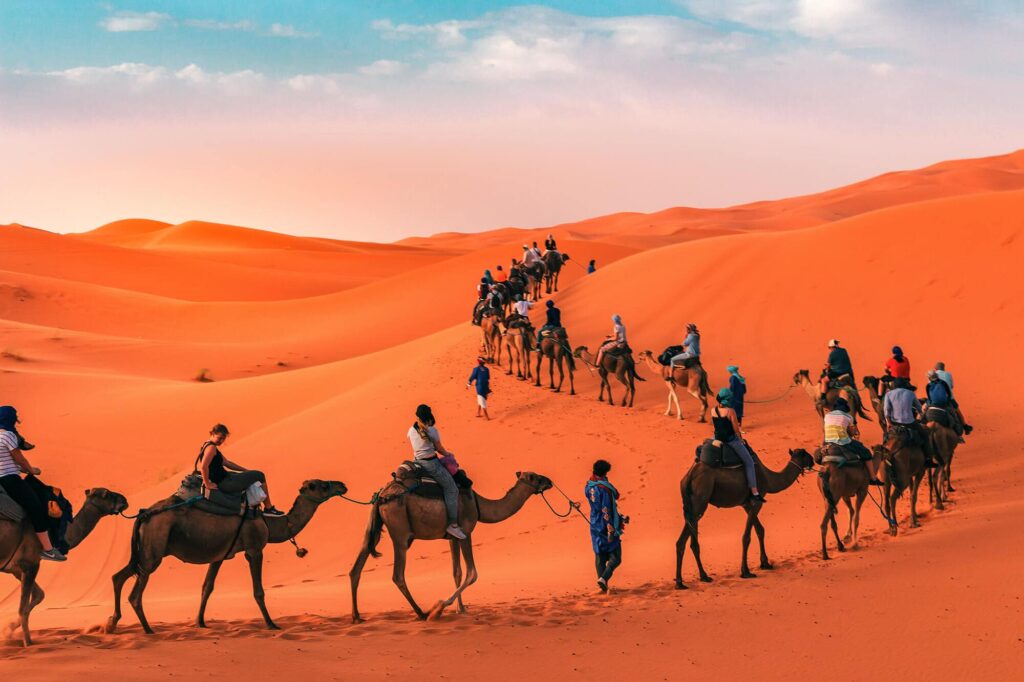This North African state with its mountainous desert landscape has been an inspiration to designers and architects all over the world. Consider some of these eclectic mixes of decor elements for your home too. Morocco is a mystical, magical country with an Afro-Hispanic style influence that is a heady mix of mythical and religious elements and vivid colors.
The breathtaking buildings are architectural marvels that ooze charm and mystique from ancient, bygone eras. Intricate, hand-carved furniture complements ornate ceramics with bold geometric designs in an array of bright colors; these are definitive of the area and its people.
Moroccan home decor is sensual and romantic, with rich textures, , and patterns making for a look that’s timeless in its earthy ethnicity.
Define the look
Curtain call drapes in front of doorways, hallways, windows, and beds are typical elements that add softness and sensuality to a setting. Use brightly colored sheer fabrics that allow light to play in the room and gently stir in a breeze.
On the Wall
Inspiration for wall colors comes mainly from the desert environment. Colors are vibrant yet also lightly subdued, creating a harmonious flow from the inside out. Tadelakt is a traditional waterproof lime plaster colored with mineral pigments, polished with river stone, and smoothed off with black or olive soap. Traditionally used for both interior and exterior walls and surfaces, tadelakt can be made to seamlessly cover walls, ceilings, floors, sinks, showers, and bathtubs.
Eclectic art
Art displays take form in unique elements such as functional, painted tiles and sacred symbols. You can almost add rustic to the description of some aspects of Moroccan style, as evinced in the rusted old washers used here to create a textured backdrop for the ornate cross.
All in the detail
Attractive, eye-catching detail can be found in the most unexpected places; see how a beautiful tassel tied to a door key adds instant surrealism – with little effort.
Natural context
Natural materials such as leather poufs, woolen kilim cushions, and would always work well together, and details on each textural piece lend a unique flavor to this exceptional style.
Rugged, not rustic
Berber carpets take their style and look from handspun, natural-fiber carpets traditionally made by North African Berbers from as long ago as the Palaeolithic era. Berbers (called Moors by medieval Europeans) are the indigenous peoples of North Africa, west of the Nile Valley. About 14 to 25 million Berbers still live in this region, mostly in Morocco.
Did you know? Originally – and for centuries – wool was the only fiber used in Berber carpet production; the color choices were light, natural looking shades – vastly different from the darker colors usually associated with carpets. Berber carpets are now available in nylon and olefin fibers but are still made with a cut-pile type construction. They usually contain small flecks of dark color over lighter background shades.

